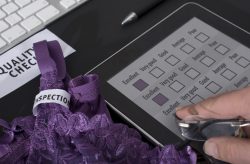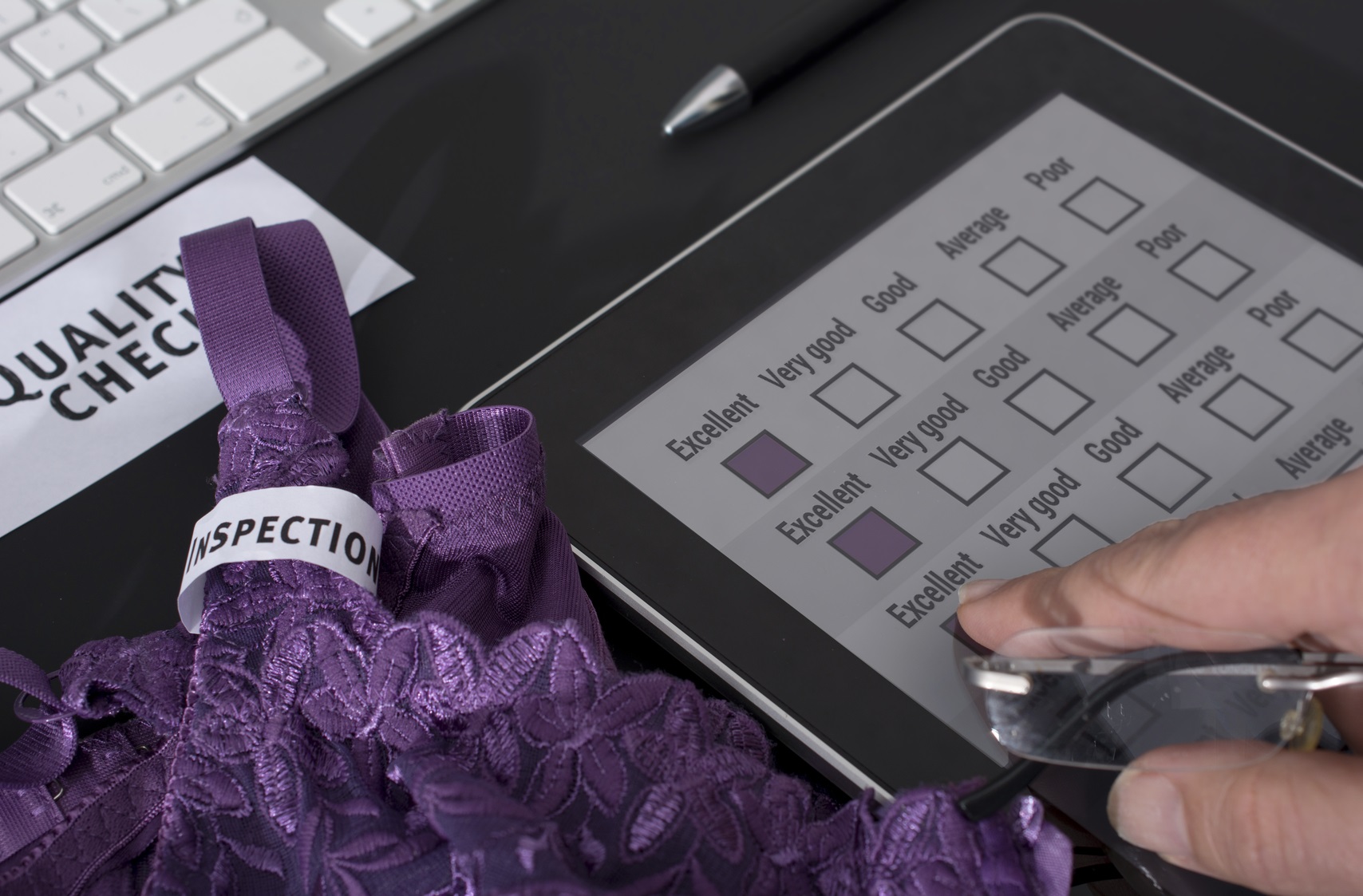Apparel tops the United States imports list every single year. The U.S. is vigilant in making sure threads being imported into this country meet certain safety regulations, including flammability. Here’s what you need to know about mandatory flammability requirements and how they affect your imported textile regulations.
The Flammable Fabrics Act

In the 1940s, several children unnecessarily lost their lives in a fire because of the highly flammable clothing they were wearing. The tragic losses prompted the Federal Trade Commission to begin enforcing the U.S. Flammable Fabrics Act when it was enacted in 1953. The Flammable Fabrics Act is now overseen by the Consumer Product Safety Commission. The act issues mandatory flammability standards for:
- Clothing textiles
- Vinyl plastic film in clothing
- Carpets
- Rugs
- Children’s clothing and sleepwear
- Mattresses and mattress pads
The purpose of the act is to keep dangerously flammable textiles and apparel off the market.
What Makes Up a Flammable Fabric?
All fabrics can catch on fire but some have a tendency to catch fire more quickly than others. Clothing with high concentrations of rayon can become combustible quickly. Untreated natural fibers such as cotton, silk and linen can burn more easily than wool, which is difficult to ignite and burns with a low intensity flame.
Flammable Testing
The purpose of flammable regulations is to keep highly flammable clothing out of the commerce market. To test clothing for flammability, the Consumer Product Safety Commission classifies fabrics into three classes of flammability, which are based on the speed in which they burn during testing.
Clothing is deemed unsuitable for commerce if it’s labeled as Class 3, which means the fabric in the textiles burns too rapidly and the fire is too intense. Testing is performed on clothing both before and after it is washed using the care instructions mandated by the Care Labeling Rule.
Passing the Flammability Test

Years of flammability testing reveal that fabrics that consistently pass testing are labeled as safe Class 1 textiles. This clothing has a flame spread time of 3.5 seconds or more for plain surface fabrics.
Class 2 textiles, which consist of raised fiber surfaces, have a flame spread time from four to seven seconds. Class 2 textiles are labeled “intermediate flammability.”
Class 3 textiles “exhibit rapid and intense burning,” are labeled as “dangerously flammable” and cannot be sold in the U.S. as clothing. Class 3 textile fabrics considered to be dangerous include untreated sheer rayon or silk, reverse fleece, rayon chenille, Sherpa of cotton, cotton blend and certain cotton terry cloth.
Flammability Resistant Clothing
What clothing consistently passes flammability tests? Here’s a fabric rundown for you. Plain surface fabrics, regardless of fiber content, that weigh 2.6 ounces per square yard or more pass the flammability test. All fabrics, both plain surface and raised fiber surfaces, regardless of weight, made entirely from a combination of these fabrics are also deemed safe:
- Acrylic
- Modacrylic
- Nylon
- Olefin
- Polyester
- Wool
Flammability Requirements Clearance

Keep in mind that Licensed Customs Brokers can oversee the textile import process for you. Working with a Customs Broker is the best way to make sure your apparel passes all of its inspection paperwork and import process hurdles.
AFC International will make sure you stay compliant with the Care Labeling Rule and other requirements so you can focus on the busy U.S. import apparel importing world. Call us at 800-274-2329 or get a quote today to get started.

